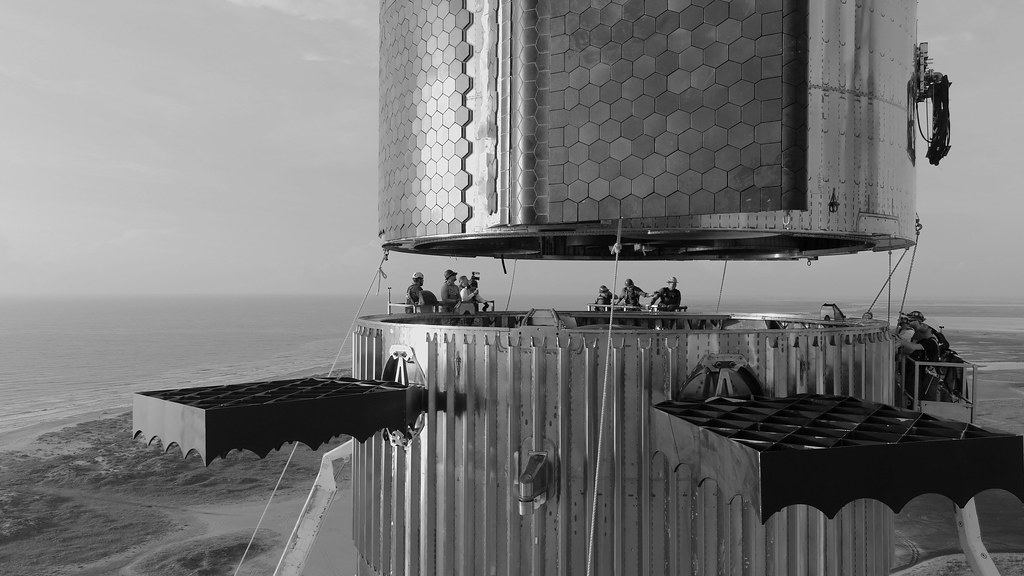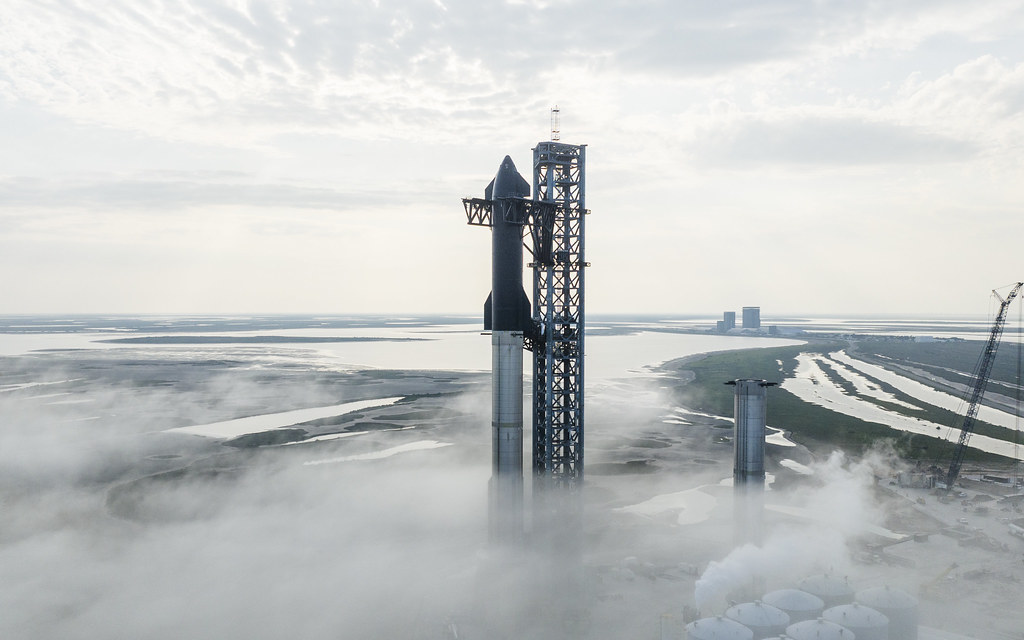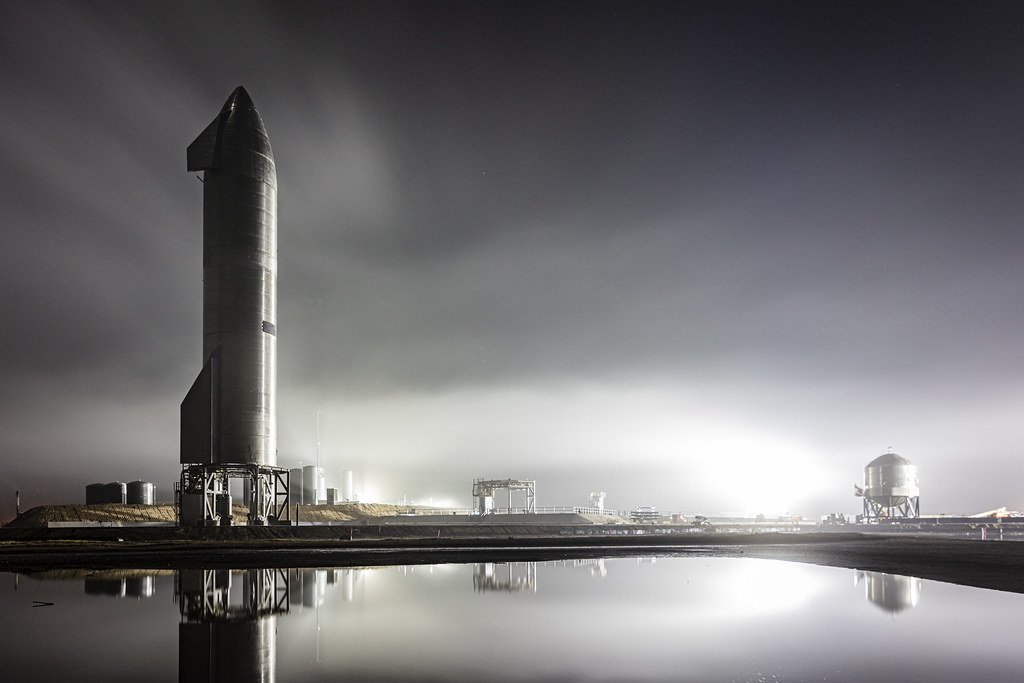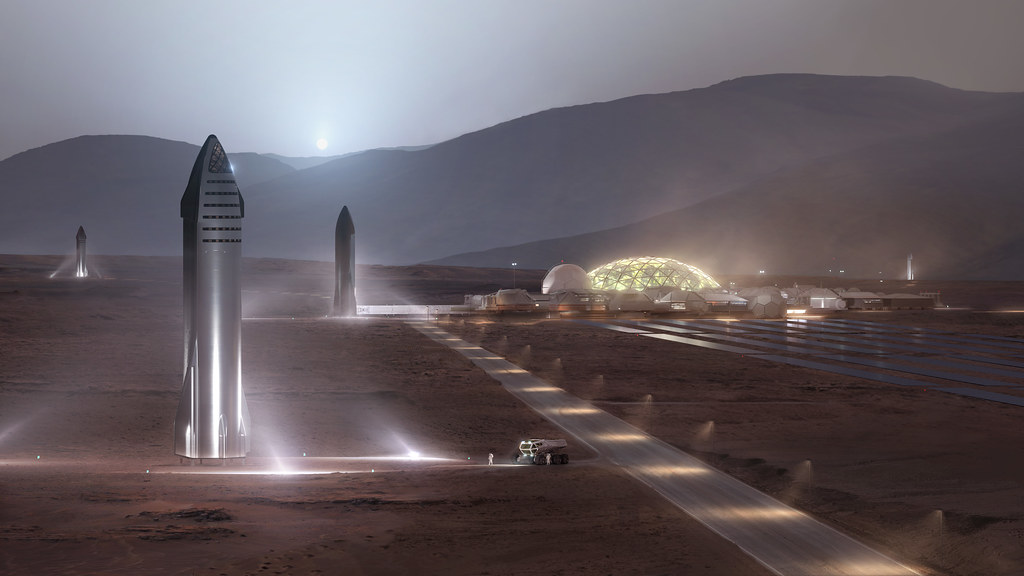This week marked a major milestone in space exploration with the final launch of the SpaceX Starship as we know it. Flight 11 delivered an almost flawless performance and set the stage for the next era of Starship development at Starbase.
In this blog post, we will explore the incredible details of Flight 11, why it was nearly perfect, and what exciting upgrades SpaceX is preparing for future missions.
A Closer Look at SpaceX’s Starship Flight 11
Reusing a Super Heavy Booster: Sustainability in Action
Flight 11 started with a previously flown Super Heavy booster, originally used in Flight 8 back in March 2025. After refurbishment at the Starfactory — including engine replacements — 24 of the original Raptor engines were reused, demonstrating SpaceX’s commitment to rocket reusability.
This booster’s flawless performance showcased the durability and reliability of SpaceX’s propulsion technology.

Flawless Launch and New Booster Landing Strategy
The launch itself was spectacular — a clean ascent into a clear blue sky, followed by a textbook stage separation.
SpaceX introduced a new booster landing method during Flight 11. Unlike previous missions where the booster transitioned from 13 engines down to 3 for landing, this flight featured a throttle sequence from 13 engines to 5, then finally to 3. This experiment is designed to improve fuel efficiency during landing burns and is a test for the next-generation Booster V3.
Starship’s Controlled Flight and Dynamic Maneuvers
Once in space, Starship executed a flawless suborbital trajectory, maintaining perfect control throughout the flight.
At around 58 minutes and 50 km altitude, Starship performed its first-ever dynamic banking maneuver — steering mid-flight to simulate a return trajectory from Mexico back to Starbase, Texas. This maneuver demonstrated the strength of the wing flaps during re-entry, which remained intact and functional.
Precision Landing Followed by Dramatic Finale
At 1 hour and 5 minutes into the flight, Starship executed a 180° spin to align for landing. Impressively, it landed almost perfectly on target near the floating buoy camera, splashing down gently.
Unfortunately, after landing, the ship tipped over and exploded. Despite this, Flight 11 was a major success and the last launch with the current design.
Looking Ahead: The Next Generation Starship and Booster
Super Heavy Booster V3: Increased Power and Simplified Design
The upcoming Super Heavy Booster V3 will maintain its 33 engines, but with upgraded Raptor V3 engines delivering 280 tons of thrust each, up from 230 tons.
The new Raptor V3 engines feature an innovative design that encloses all hoses and wires inside the engine casing. This leads to better reliability, easier manufacturing, and increased flight safety.

Bigger Fuel Tanks and Redesigned Grid Fins
The booster is getting longer to accommodate larger fuel tanks and a massive liquid methane transfer tube—roughly the size of a Falcon 9 booster.
In addition, SpaceX reduced the number of grid fins from four to three, arranged in a T-shaped pattern. The fins have been reinforced by 50%, allowing SpaceX to remove one fin entirely—showcasing their minimalist design philosophy.
Game-Changing Hot Stage Separation
A major innovation is the removal of the heavy interstage adapter used for hot stage separation in previous flights.
The new booster features a reinforced dome atop the methane tank and a triangular support structure that vents engine exhaust efficiently, eliminating the need for the 10-ton adapter and improving reusability.
Starship V3: Reliable, Powerful, and Ready for the Future
Starship V3 benefits from a redesigned fuel delivery system and the upgraded Raptor engines, addressing past reliability problems.
This new iteration will be capable of launching 100 to 150 tons of payload to low Earth orbit, rivaling the legendary Saturn V moon rocket—with the critical advantage of being fully reusable.
Revolutionizing Space Travel: Orbital Docking and Refueling
SpaceX is developing orbital docking adapters to allow two Starships to connect in space for fuel transfer.
There will be two types of Starships: one equipped with male adapters for sending fuel and the other with female adapters for receiving. This technology will enable extended missions to the Moon, Mars, and beyond.

Upgraded Launch Infrastructure: The Next Phase
Flight 11 was the final launch from Tower 1, which used the “upside-down shower head” flame diverter.
The new Tower 2 launchpad will feature:
- A traditional flame trench and water deluge system similar to Falcon 9’s
- A taller and stronger catch tower with shorter, faster-moving chopstick arms, designed based on lessons learned from earlier captures
Final Thoughts: A New Dawn for Starship
Flight 11 represented a remarkable achievement for SpaceX, showing how iterative improvements and bold new experiments can bring the Starship program closer to perfection.
The transition to Booster and Starship V3 promises more power, better reliability, and revolutionary features like orbital refueling. SpaceX’s commitment to fully reusable, heavy-lift rockets brings us closer to a future where interplanetary travel is a reality.
Stay tuned for Flight 12 and the exciting next chapter in SpaceX’s Starship saga!

FAQs
What was SpaceX’s Starship Flight 11?
Flight 11 was the final launch of the current Starship and Super Heavy booster design, showcasing near-perfect flight performance and new booster landing experiments.
What made Flight 11 different from previous Starship test flights?
Flight 11 reused a previously flown booster and introduced a new landing burn sequence designed to save fuel during booster recovery.
How many engines did the Flight 11 booster have?
The booster had 33 engines in total, with 24 original Raptors from Flight 8 still operating after refurbishment.
What is the new booster landing technique tested during Flight 11?
Instead of going from 13 engines to 3 during landing, Flight 11 tested a sequence from 13 engines to 5, then to 3 at the final landing stage.
Did Starship successfully land during Flight 11?
Starship landed almost perfectly on target beside a floating buoy but tipped over and exploded shortly after splashdown.
What is the dynamic banking maneuver performed by Starship?
It’s a mid-flight steering maneuver where Starship changes course to simulate a future return trajectory from distant locations back to Starbase, improving precision landings.
Why is reusability important for SpaceX’s Starship program?
Reusability drastically reduces launch costs and allows for rapid turnaround between missions, enabling sustainable space exploration.
What upgrades are planned for Super Heavy Booster V3?
Booster V3 features 33 upgraded Raptor V3 engines with more thrust, a simplified design with internalized hoses and wires, and larger fuel tanks.
How does the new hot stage separation work on Booster V3?
Instead of using a heavy adapter, Booster V3 has a reinforced methane tank dome and an open venting system that safely directs engine exhaust during separation.
What changes were made to the booster’s grid fins in Booster V3?
The grid fins were reduced from four to three, arranged in a T-shaped pattern, and reinforced by about 50% for strength and to integrate the catch system.
What improvements are expected in Starship V3 compared to V2?
Starship V3 has a redesigned fuel delivery system, upgraded Raptor engines, and better reliability to avoid past failures.
How much payload can the new Starship Super Heavy system carry?
The new system can deploy between 100 and 150 tons to low Earth orbit, rivaling the Saturn V moon rocket but with full reusability.
What is orbital docking and fuel transfer in Starship V3?
Two Starships can dock in orbit using specialized adapters and transfer fuel between each other, enabling longer missions and deeper space travel.
How does SpaceX plan to catch the booster during landing?
The catch tower will use shorter, faster-moving chopstick arms to grab the booster, improving stability and efficiency.
Why is Flight 11 the last launch from Tower 1?
Tower 1 uses an older flame diverter design, and SpaceX is transitioning to Tower 2 with a more traditional flame trench and water deluge system.
What was the purpose of Flight 11’s suborbital trajectory?
It tested control during the entire flight, including coasting, banking maneuvers, and the ability to remain stable during re-entry.
What challenges did previous Starship flights face that V3 aims to fix?
Earlier flights often ended in explosions due to fuel system or engine failures; V3 addresses these with redesigned systems and more reliable engines.
Will the new Starship design be used for moon and Mars missions?
Yes, SpaceX plans to use the V3 Starship for its first missions to the Moon and Mars, potentially marking a new era in space travel.
How does the new launchpad design support Starship’s future?
The upgraded launchpad and catch tower improve safety, efficiency, and rocket turnaround time, supporting increased launch cadence.
Read More:
- Elon Musk hits back at former Tesla employee who disagrees with pay package
- Tesla Model Y L becomes China’s 4th best-selling mid-to-large SUV in its first month of sales
- Elon Musk: Grok 5 now has a 10% chance of becoming world’s first AGI
- Tesla is ramping up its hiring for the Cybercab production team
- Tesla updates fans on its plans for the Roadster


1 thought on “What Exactly Happened On SpaceX’s ELEVENTH Starship Test Flight”